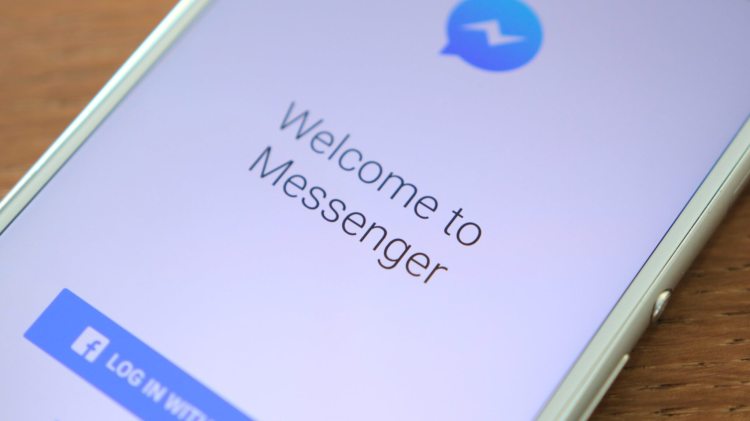It’s been less than a year since the Messenger Platform launched, and we’ve seen amazing results in a short amount of time. Throughout 2016, developers built engaging experiences while my team focused on building the best platform we could for them. As we observed what and how they were building, we continued to iterate and create tools and resources that made developing bots for Messenger even more impactful.
Based on what we’ve seen here on the Messenger team and from rest of the industry, following are some predictions on what we’ll see from bots in 2017.
1. More structure, less conversation
Most people expect bots to speak in a “natural language.” While natural language processing is appropriate for many use cases, it’s sometimes not the right approach. In 2017, developers will build fewer bot experiences that mimic conversations, and the public will have a better understanding of what to expect while interacting with bots.
2. Mobile webview integration
Being able to open a mobile website gives developers a way to increase user input, offer richer browsing capabilities, and leverage existing mobile frameworks. This is especially valuable for commerce bots, where implementing structured messages can be cumbersome; webview allows a bot to offer a full product catalog without overcomplicating the interaction.
3. Bots that get social
As more people turn to bots to take care of everyday tasks, the more they’ll want to share their favorite bots with family and friends. You can expect to see further innovation in social sharing features, from both the platform and developer side, as well as the beginning of truly viral bots.
4. Discoverability unlocked
Finding, using, and even building a bot experience will become easier, whether you’re a person looking to interact with one or a business looking for a platform to create one. As the ecosystem matures and there are better and better experiences to showcase, more tools will be made available — on and off bot platforms — to address these needs.
5. Industry-specific platform tools
2016 was the year of the generic bot, with businesses and developers finding early success with experiences that were simple to execute and easy for people to use. To encourage growth in 2017, platforms will build on top of themselves and design tools that plug into toolchains and CRMs so more industries like media, ecommerce, and restaurants can benefit.
6. More customer service hybrid models
One of the initial trends we saw in Messenger centered around customer service interactions that used bots to automate simple requests and brought in humans for more complicated cases. As they evolve their bot experiences, businesses will continue to find new ways to provide customer service and increase consumer satisfaction.
7. The domino effect
As businesses see that their competitors already have bots that are gaining traction, they’ll push their development and marketing teams to understand and identify opportunities. The “bot race” will kick off in earnest this year and result in the growth and proliferation of new experiences on Messenger and other platforms.
With the above trends, we expect to see even more rapid progress in the coming year. So don’t get left behind; it’s time to start building!
VentureBeat's mission is to be a digital town square for technical decision-makers to gain knowledge about transformative enterprise technology and transact. Learn More

